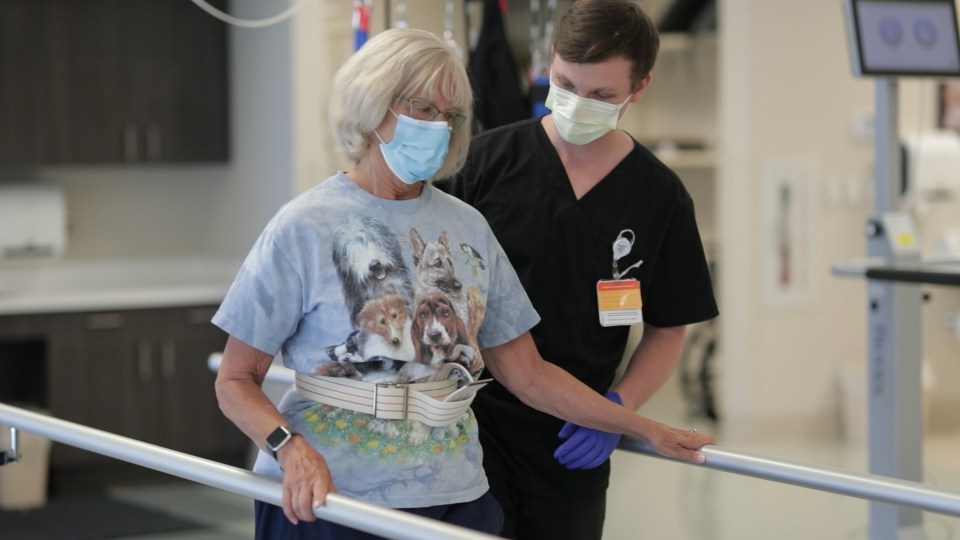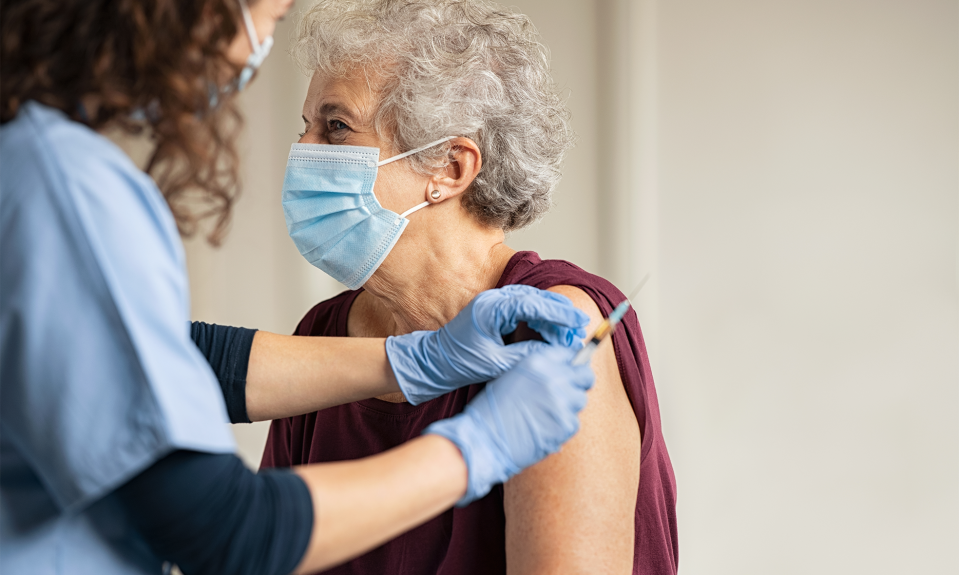So much has changed during this pandemic. Schools and business have closed, and no longer are we offering handshakes and hugs. Instead we’re donning masks and keeping our distance.
Although our daily lives look much different than they did just a few short months ago, there are some things that never change. One of those is the need for inpatient rehabilitation.
While many acute care hospitals were forced to shutter some operations as shelter in place orders were implemented across the country, our doors in inpatient rehabilitation never closed. That’s because despite this pandemic, people will still have strokes and other debilitating conditions or injuries that can benefit from the intense therapy and around-the-clock nursing that inpatient rehabilitation provides.
So why have we been seeing fewer patients?
The majority of our patients come to us after a stay in the acute care hospital, where we are finding that volume, in some markets, has not been as heavy as originally predicted.
In fact, in many cases, it has dropped significantly. That’s in part because all elective surgeries stopped, but reports from the frontlines also indicate a drop in the number of heart attacks and strokes.
Let’s be clear—that doesn’t mean heart attacks and strokes have gone away during the COVID-19 pandemic. It’s more likely that people are ignoring the signs and symptoms of these life-threatening conditions in fear of contracting COVID-19 in the emergency room.
These patients still need to seek medical care during this pandemic, and after a stay in the acute care hospital, many of them will still need rehabilitation afterwards.
But is it safe?
We have implemented protocols consistent with CDC guidelines and are assessing the situation daily to protect our patients and employees. We’re also ramping up our existing infection control protocols that are specific to the inpatient rehabilitation setting. We are still having therapy in our gyms, but we are social distancing and thoroughly cleaning equipment after each use. When indicated, we are also conducting therapy within patient rooms.
Visitors are limited to one per patient per day, and they must be wearing masks at all times and stay in the patient’s room. Visitors are encouraged to contact the hospital before arrival, as policies may vary by location. Employees are screened daily for possible signs of COVID-19, as are any essential vendors entering the hospital.
Can rehabilitation wait?
Patients who need inpatient rehabilitation need a hospital level of care, and that care shouldn’t be postponed, even during a pandemic.
After an acute hospital stay, patients will need help regaining their strength, and in many cases, their cognitive capabilities. That’s what inpatient rehabilitation is for, and the sooner one receives that care, the more likely they can regain their independence and return to their communities, which is always the end goal in inpatient rehabilitation.
Dr. Lisa Charbonneau is chief medical officer of Encompass Health
The content of this site is for informational purposes only and should not be taken as professional medical advice. Always seek the advice of your physician or other qualified healthcare provider with any questions you may have regarding any medical conditions or treatments.



